How will the city of the future look like?
Big data, Internet of Things (IoT), artificial intelligence (AI), robots, drones, autonomous green vehicles, 3D / 4D printing, renewable energy, virtual reality (VR),leap motion, eye controlled technology are just part of the present and new technologies that are here or will be here in the near future to influence our lives.
The cities are evolving as well, by becoming Smart Cities. From Singapore to Amsterdam and Barcelona, from Dubai to Stockholm,from New York to Manchester and even Alba Iulia in Romania, information and communication technology is used to enhance quality, performance and interactivity of urban services, to reduce costs and resource consumption and to increase contact between citizens and government. Smart city applications are developed to manage urban flows and allow for real-time responses.
The smart city concept integrates information and communication technology and various physical devices connected to the network (IoT) to optimize the efficiency of city operations and services and connect to citizens. Smart city technology allows city officials to interact directly with both community and city infrastructure and to monitor what is happening in the city and how the city is evolving.
According to the IESE Cities in Motion Index 2017, quoted by Forbes, which analyses all aspects that make up sustainability and quality of life in 180 key world cities, New York is again the smartest city in the world, followed by London and Paris.
To compile the index, the authors analyze 79 indicators across 10 different dimensions of urban life: the economy, technology, human capital, social cohesion, international outreach, the environment, mobility and transportation, urban planning, public administration and governance. The results show that almost all of the dimension measured in the ranking are led by European and North American cities. The exception is technology, where Taipei rules.
In top 10 are present three other American cities (Boston 4th, San Francisco 5th, and Washington, D.C. 6th), two other European cities (Berlin 9th and Amsterdam 10th), and two Asian (Seoul 7th and Tokyo 8th).
Moreover, according to CityMetric, Singapore is also a leading example of a smart city, and is constantly evolving its “city brain,” a backbone of technologies used to help control pollution, monitor traffic, allocate parking, communicate with citizens, and even issue traffic fines. “The behavioral aspect is not to be overlooked. Singapore’s “brain” is attempting to modify human behavior – for example, one system rewards drivers for using recommended mapped routes, and punishes those who do not. Ultimately, Singapore’s planners hope to discourage driving, and guide most commuters to making greater use of public transportation. The city is planning for 100m “smart objects” including smart traffic lights, lamp posts, sensors, and cameras on its roadways, which will be used to monitor and enforce laws,” wrote Fast Future for CityMetric.
But how will those smart cities look in the future and what can we expect from them and the specialists living and creating in them? “The number of smart cities around the world is expected to grow exponentially over the next few years and by 2050, 70 per cent of the world’s population will be living in smart cities,” believes Nick Ismail in his piece for information-age.com.
Moreover, it appears that 2030 will bring the introduction of Connected street lights, which will stream data between millions of devices and improve city services such as light, traffic, air quality, public safety and parking. Lighting technology will be at the heart of urban life in 2030 as well, helping deliver more sustainable and better-connected smart cities. “And if that wasn’t enough, by 2050 take-aways will be delivered by drones, replacing motorbikes and cars. One pizza manufacturer has already tested drone delivery and some predict these automated flying machines will fill the skies replacing the couriers of today,” adds Ismail.
Creative Quarters, bringing beauty and business together
The Institute presented the new collection of the organizers and cultural spaces, creative workshops and stores in Bucharest’s Creative Quarter, through a map that will be delivered in 5.000 printed copies.
The initiative highlights Bucharest’s creativity and cultural effervescence, focusing on one of the most vibrant and well-connected areas of the city. The project brings together creative businesses, artists, organizers and cultural institutions in order to develop the right conditions for creation, production, distribution and entertainment.

The map reunites 82 interest points that have been identified and mapped through a process of vast documentation that had the purpose of establishing a foundation for the creative network that will bring together the particular visions in the coherent development of the area. The interest points were grouped taking in consideration the spaces’ functions in: 8 art galleries, 27 workshops and creative studios, 20 pubs, 2 museums and 2 universities, 12 spaces dedicated to the scene’s arts, 8 stores and 3 public interest spaces for the users of the first edition of the Creative Quarter map.
In the context of the Bucharest’s novelties, we took a look at some of Europe’s most interesting Creative Quarters:
London
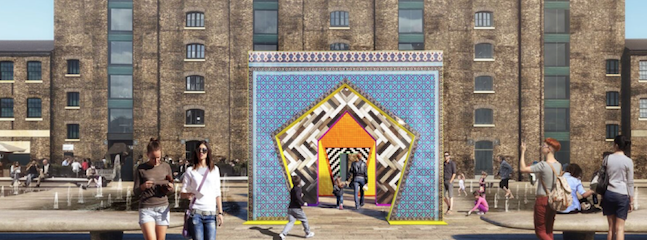
The King’s Cross Creative Quarter brought together pop-up design events, spectacular architecture and the best places to eat, drink, shop and stay during the London Design Festival. King’s Cross has firmly established itself as London’s premier design hub. During the London Design Festival, King’s Cross plays home to a number of cutting-edge exhibitions, installations and events.
Moreover, urban developers Knight Dragon has announced that it is creating London’s first ever purpose-built district for the creative industries. The Design District will be located in the heart of Greenwich Peninsula and will provide a permanent base for over 1,800 of London’s creatives in a range of architect-designed workspaces at affordable rents. The regeneration plan will see a complex of 16 custom-made buildings built next to the O2 Arena and North Greenwich tube station on the Greenwich peninsula that will create a wide range of workspaces for creatives from workshops to artists studios and flexible desk space.

“The creative industries have always been part of the lifeblood of London and the engine room of its current and future success story, whether it is fashion, art, music or theatre. The fact that we’re building something new and shiny does not make it sterile. Most creatives want a nice clean, safe space in a cluster but want it at an affordable level,” said Richard Margree, chief executive of Knight Dragon, for “Evening Standard”.
Dublin
The Creative Quarter is one of the neighborhoods that has emerged stronger than ever through the last several years of recession in Dublin. You’ll find Irish design, Irish food, and lots of Irish people doing their shopping and meeting friends.
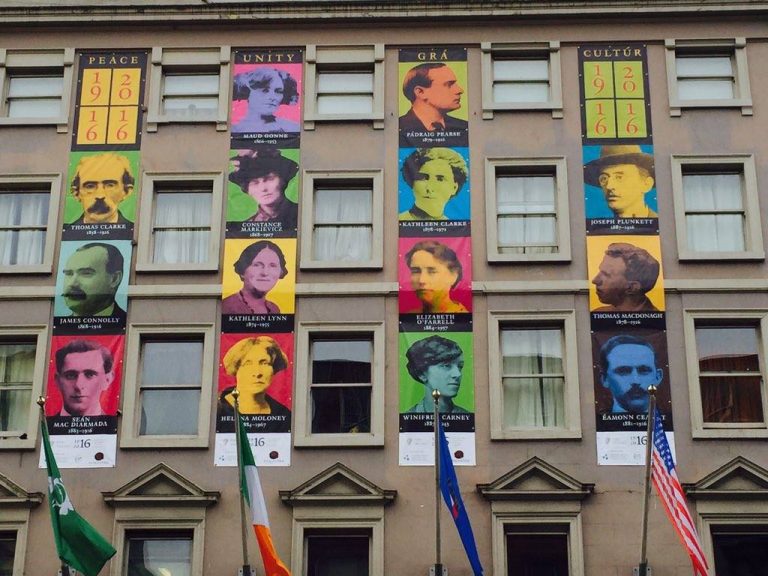
Dublin’s Creative Quarter is a hub of creativity, innovation and design, with plenty of exciting places to see including the Powerscourt Townhouse Centre, The George’s Street Arcade and meandering Wicklow Street. “The area dates back to the 18th Century and in 1881 Dublin’s and perhaps the world’s the first purpose built Victorian Shopping Centre, called the South City Markets was constructed. This beautiful red-brick listed building still attracts crowds of shoppers, under the new name of the George’s Street Arcade. In the surrounding streets there is eclectic mix of artisan boutiques, galleries, cafés & restaurants and creative businesses. Dublin’s Creative Quarter stretches from South William Street, to South Great George’s Street and is one of the best places in the city to relax, shop and soak up the true vibe of Dublin,” writes www.dublinvisitorcentre.ie.

This summer, August 26th (1pm – 8pm) and August 27th (12pm – 6pm), in celebration of the Creative Quarter District, DublinTown and local businesses have come together to showcase the great services they provide through a FREE festival. the Creative Quarter Festival has a jam-packed line up of events with on-street cooking demonstrations, fashion shows, comedy, pop up stalls from local businesses and even an outdoor movie screening.
More one can read here.
Nottingham

According to creativequarter.com, 10% of the UK’s best creative companies are in Nottingham’s Creative Quarter with App Institute, GameCity, Jeanie Finlay, Lockwood Publishing and Wellington Films listed in the Creative England 50 report (CE50).
CE50 celebrates the best companies and brightest creative talent leading the pack for creative industries across England and the 50 were chosen by a panel of industry experts and it includes a wide selection of the country’s best creatives: all the way from filmmakers and production companies to marketing software firms and independent games studios.
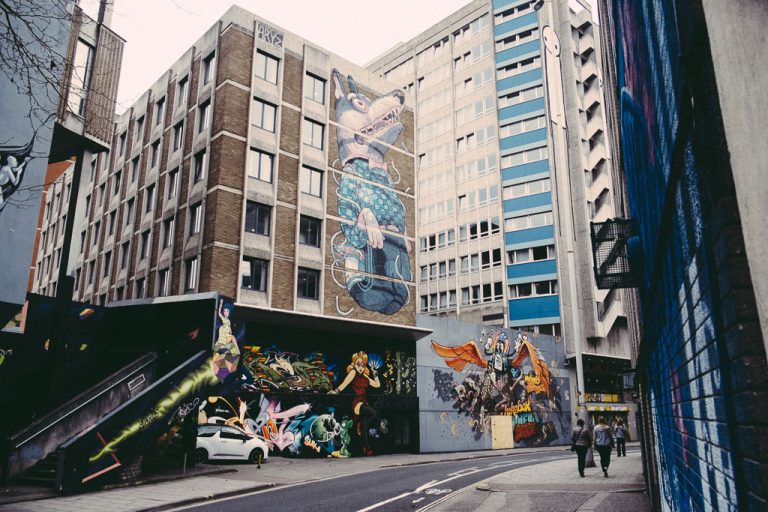
Moreover, Nottingham’s Creative Quarter (CQ), the unique enterprise hub leading the transformation of the city’s economy, won the Enterprising Britain Award for Improving the Business Environment in 2015. The Enterprising Britain Awards is known for recognizing organisations, businesses and agencies which are making Britain the best place in the world to set up a business and grow. The ‘Improving the Business Environment’ category is awarded to the organisation that in the past two years has gone furthest in enhancing the environment for business growth in their area.
The 2016 demographic figures show that Nottingham is an extremely youthful city; 28 per cent of Nottingham’s residents are aged between 18 and 29 – with full-time university students making up approximately one eighth of the total population. Nottingham is a vibrant and lively city with a diverse range of unique cultural attractions for residents and visitors to enjoy. These attractions include: Old Market Square, Sneinton Market, Nottingham Contemporary, Nottingham Castle, Albert Hall, Motorpoint Arena Nottingham, The Theatre Royal, Royal Concert Hall, Nottingham Playhouse and Broadway Cinema.
Munich
Looking into the future, Munich is set out to become one of the greatest creative quarters out there. Munich was declared an art metropolis already in the 19th century. Due to the city’s enormous growth, the demand for residential and commercial space on the few remaining urban surfaces is very great. Affordable surfaces for artists and cultural producers are scarce.

Munich is now developing a creative quarter, not only to maintain itself as a city of the arts, but also to reformulate itself as a creative city. This quarter will offer the free scene of contemporary art and actors in the creative industry space for development, production and presentation. A suitable piece of land for the purpose was found in a former military and industrial area. The 20 hectare area is located in the middle of the city. A lively residential area, the Olympia Park, the Munich University of Applied Sciences and the Goethe-Institut are located in the immediate vicinity. Buildings on this piece of land have long been enlivened through interim use by artists.
Best Cities For Young Entrepreneurs
Being an entrepreneur is never easy, either you are young and have the freshness and power to work on your side, along with initiative and courage, or a little more mature and you already know very well the market you are trying to penetrate and succeed on. Entrepreneurship brings a set of challenges for every type of business, therefore choosing the city to operate from might be one of the most important decisions one might take. NerdWallet, quoted by Inc.com, has a few suggestions. The personal finance site recently crunched through numbers from the Small Business Administration, the Census Bureau, and the Bureau of Labor Statistics among other sources to uncover the best cities with thriving communities of educated, young entrepreneurs. Bonus points were awarded to places that were actually affordable.

- Austin, Texas
- San Francisco-Oakland, California
- Salt Lake City, Utah
- Denver, Colorado
- Minneapolis-St.Paul, Minnesota
- Seattle, Washington
- Madison, Wisconsin
- Midland, Texas
- Boston, Massachusetts
- Fargo, North Dakota
More explanation and results can be easily found here.
Entrepreneurship is also the rare area of business where youth can be an advantage. Whereas established companies typically look for experience when they hire, a start-up business can benefit from the fresh perspectives and raw energy of younger adults. Younger people like Millennials also have less to lose in terms of an established career and salary, and so they can be more willing to put what they have at risk to create a new business. As people grow older, they tend to lose this appetite for risk.
The data is also supported by a new research from MoneyRates.com that revealed also Texas and Florida offer the best economic climates for young entrepreneurs. Seven of this year’s 10 best cities for young entrepreneurs are located in the Lone Star or Sunshine state, proving that smaller cities have a lot to offer young entrepreneurs who launch their startups outside of major hubs like San Francisco, New York and Chicago. The explication being the fact that “big cities are more likely to take entrepreneurship for granted while smaller cities typically offer incentives that make life as an entrepreneur easier and more attractive”, as Zac Carman writes for entrepreneur.com. Based on the criteria examined, MoneyRates.com named these 10 cities the best for young entrepreneurs in 2016:
- Austin/Round Rock, Texas
According to the U.S. Census Bureau, Austin/Round Rock is the third-fastest-growing metropolitan area in the nation. Additionally, it is one of the more well-educated areas of the country, with more than one-third of its population having a bachelor degree.
- Raleigh, North Carolina
The city is one of the 10 fastest-growing in the U.S., and boasts the highest number for the proportion of the population with at least a bachelor’s degree.
- Midland, Texas
The city is the second fastest growing in the U.S. and ranks second in young adult affluence.
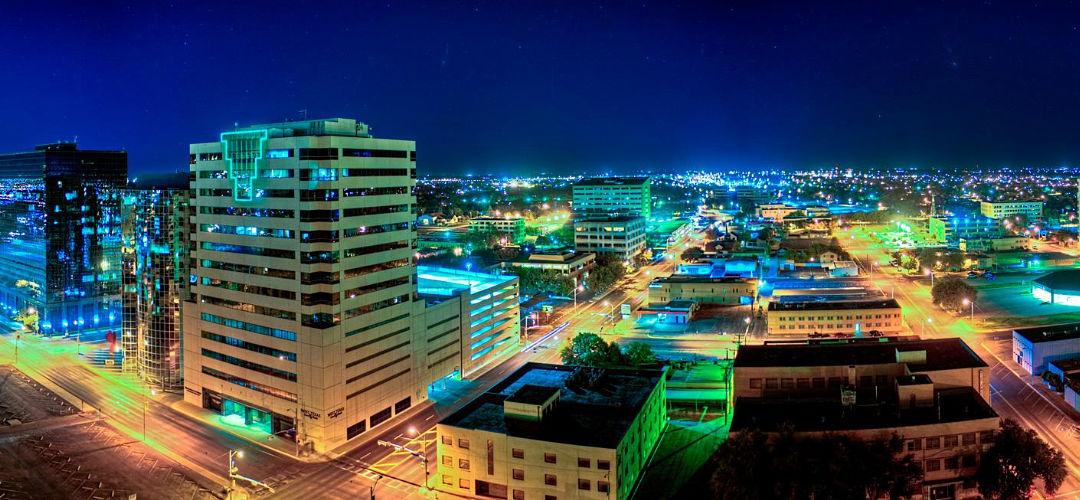
- Houston/The Woodlands/Sugar Land, Texas
Houston has a high level of young adult affluence, and benefits from Texas’ business-friendly tax policies.
- Crestview/Fort Walton Beach/Destin, Florida (tie)
Because this area, which has one of the highest levels of young adult affluence, is located near a junction with three major highways, it provides great opportunities for business activity. Additionally, Florida has one of the nation’s lowest business tax rates.
- Odessa, Texas (tie)
Odessa ranked fourth nationally in both overall growth rate and young adult affluence.
- Sioux Falls, South Dakota
South Dakota has the second-lightest business tax burden in the country, and Sioux Falls ranks in the top 10 nationally for young adult affluence.
- The Villages, Florida
Even though this is a retirement community, The Villages has the fastest growth rate of any city in the nation. This presents a lot of opportunity for businesses that cater to senior citizens.

- Denver/Aurora/Lakewood, Colorado
The Denver area ranks in the top 10 for educational attainment and young adult affluence. Additionally, it has a healthy growth rate.
- Orlando/Kissimmee/Sanford, Florida
Orlando ranks in the top 10 because of its rapid population growth and favorable business tax climate.
But what about Europe? Nesta launched in 2015 the European Digital City Index (EDCi), a ranking intended to measure how well different cities across Europe support startups and scale-ups in digital industries. Last year, as part of Global Entrepreneurship Week, they launched the 2016 version of the EDCi, which again describes the ‘fertility’ or attractiveness of different European cities for digital entrepreneurs.
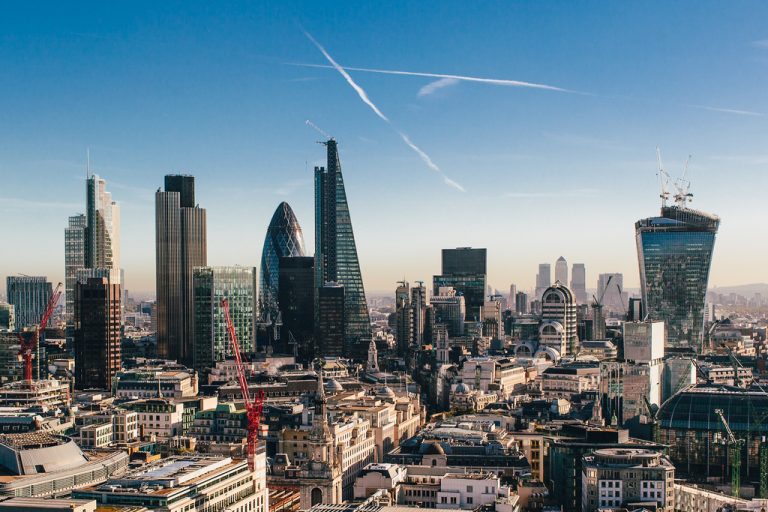
The city that leads in London, but rankings are very close, especially towards the top, with a fraction of a percentage point separating London from close contender Stockholm. Stockholm performs extremely well for its size, with superb digital infrastructure and a highly digitally skilled population; companies like Skype, Spotify, Klarna, King and Mojang are the result. The highest new entrant is Bristol, which joins the list in 13th place, and scores particularly well due to its receptive entrepreneurial culture and local business environment, while Bucharest ranks only 52 in this top 60.


